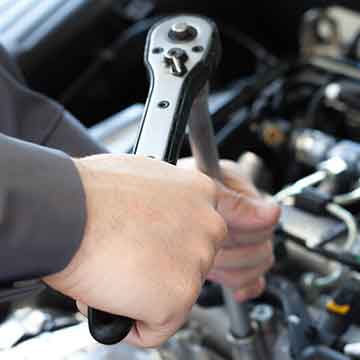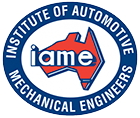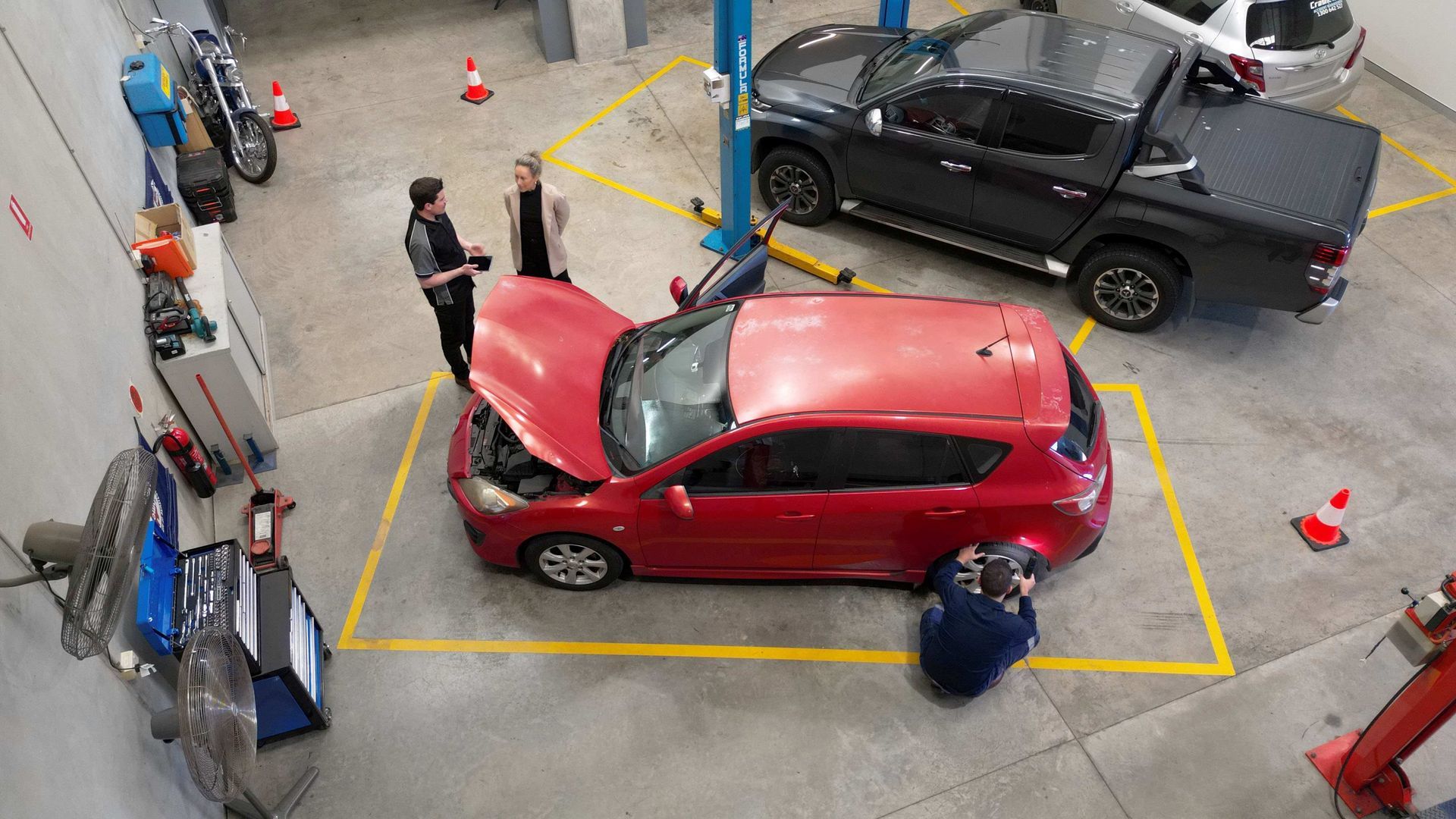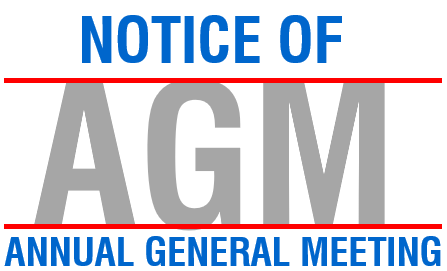Free odometer reading feature to combat vehicle tampering
It gives me great pleasure to inform you that the IAME is trading as normal and alive and well.
Buyers of used cars, trucks and motorbikes are getting an extra level of certainty that the kilometres on the clock of a potential purchase are the kilometres the vehicle has done, with free public access to odometer readings from Monday.
Published: 18 Jun 2023
Released by: Minister for Better Regulation and Fair Trading, Minister for Customer Service and Digital Government, Minister for Roads
The new information for buyers comes after a four-fold spike in odometer tampering over 2021 and 2022, including an incident in which a seller shaved 400,000 km off a Subaru XV and sold it for $32,000 — an $11,000 increase on its previous price.
Buyers will now have access to the previous three annual odometer readings of vehicles registered in NSW, giving them a better chance to identify any discrepancies and avoid unscrupulous sellers.
Transport for NSW, NSW Fair Trading and Service NSW on Monday will launch the new feature via the free ‘check a vehicle registration’ function on the Service NSW website and app.
The feature, which already provides basic details like vehicle make, registration, and insurance by entering a NSW vehicle number plate, had more than 32 million hits on the Service NSW website and app last year.
Adding free odometer readings aims to protect consumers from falling victim to odometer tampering, potentially saving them thousands of dollars.
NSW Fair Trading issued $113,000 in fines and 103 penalty notices in 2021 and 2022 which represented a dramatic jump from 38 total penalties in the previous two years.
Vehicle buyers who suspect odometer readings have been tampered with can alert NSW Fair Trading via the Service NSW websitelaunch.
Customers can also obtain a comprehensive vehicle history report for $23, which includes information on written-off and stolen vehicles, and now the recorded odometer readings.
Visit the website for more information and to access the "Check a vehicle registrationlaunch" function.
Minister Graham said:
“Buyers of cars, motorbikes and trucks can take some of the power back with this access to information that will allow them to more easily spot low mileage or other suspicious variations that may indicate tampering."
“Odometer tampering is illegal and a ploy used by unscrupulous sellers to misrepresent a vehicle's value and condition. It didn’t work in Ferris Bueller’s Day Off, and we don’t want it to happen in NSW."
"This practice can leave victims out of pocket, which is why making this information freely accessible is great news for buyers in the used vehicle market."
“If you are in the market to buy a used vehicle, at the click of a button you can now head to the Service NSW website or app and check any discrepancies between the displayed kilometres and the recorded readings.”
Minister Chanthivong said:
"In 2021 and 2022, NSW Fair Trading issued 103 penalty notices worth more than $113,000 in fines to those trying to rip customers off through odometer tampering."
"Most cases investigated involve sellers working through online platforms like Facebook Marketplace or Gumtree, usually using fake profiles and often through third parties."
"Buyers have to be careful, and this initiative will mean they have better access to good information that lets them make the best decisions.”
Minister Dib said:
“Our commitment is to ensure we continue to make government services more accessible to everyone.”
"Adding these free odometer readings to the website and Service NSW app is just another example of ensuring important information is available to people across NSW at the click of a button.
https://www.nsw.gov.au/media-releases/free-odometer-reading








